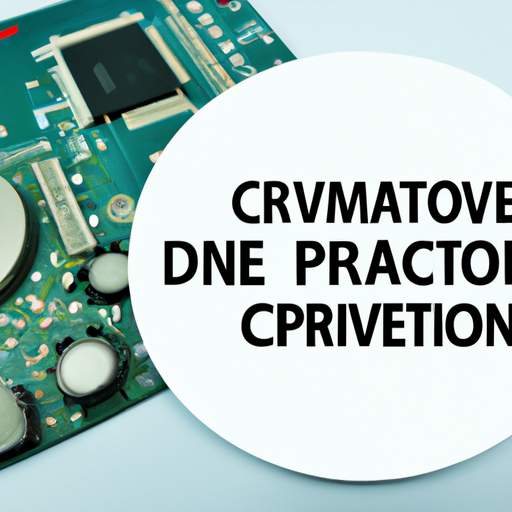


Title: Common Production Processes for Drive Integrated Circuits

1. Design and Layout: The production of drive ICs begins with the design and layout phase. Engineers and designers work together to create a detailed schematic diagram of the IC, specifying the various components, connections, and functionalities. This phase involves careful consideration of factors such as power requirements, signal processing, and thermal management. Once the schematic is finalized, it is translated into a physical layout using computer-aided design (CAD) tools.
2. Wafer Fabrication: The next step in the production process is wafer fabrication. This involves the creation of the IC's circuitry on a silicon wafer through a series of intricate processes. The wafer is typically made of high-purity silicon and undergoes several steps, including cleaning, oxidation, deposition, lithography, etching, and doping. These processes are performed in a cleanroom environment to ensure the purity and integrity of the IC's components.
3. Photolithography: Photolithography is a critical step in the wafer fabrication process. It involves transferring the IC's circuit pattern onto the wafer's surface using a series of masks and light-sensitive materials. The process begins with the application of a photoresist material onto the wafer, followed by exposure to ultraviolet light through a mask. This exposure selectively hardens the photoresist, allowing for the subsequent etching and deposition processes to create the desired circuitry.
4. Etching and Deposition: Etching and deposition processes are used to remove or add materials to the wafer's surface, respectively. Etching involves selectively removing unwanted materials using chemical or plasma-based processes. This step helps define the circuit's features and remove any excess material. Deposition, on the other hand, involves adding thin layers of materials onto the wafer's surface using techniques such as chemical vapor deposition (CVD) or physical vapor deposition (PVD). These layers serve various purposes, such as providing electrical conductivity or insulation.
5. Metallization and Interconnects: Metallization is a crucial step in the production of drive ICs, as it involves creating the interconnects that link the various components on the wafer. This process typically involves depositing a layer of metal, such as aluminum or copper, onto the wafer's surface. The metal is then patterned and etched to create the necessary interconnects, allowing for the flow of electrical signals between different parts of the IC.
6. Testing and Packaging: Once the wafer fabrication process is complete, the individual ICs undergo rigorous testing to ensure their functionality and performance. This testing involves electrical characterization, functional testing, and reliability testing. Defective ICs are discarded, while those passing the tests move on to the packaging stage. Packaging involves encapsulating the ICs in protective materials, such as plastic or ceramic, and connecting them to external leads or pins. This packaging not only protects the ICs from external factors but also facilitates their integration into larger electronic systems.
Conclusion: The production of drive integrated circuits involves a series of complex and precise processes, starting from design and layout to wafer fabrication, photolithography, etching, deposition, metallization, and packaging. Each step requires meticulous attention to detail and adherence to strict quality control measures. Understanding these production processes provides valuable insights into the intricate nature of drive IC manufacturing, highlighting the technological advancements and expertise required to produce these essential components that power our modern electronic devices.